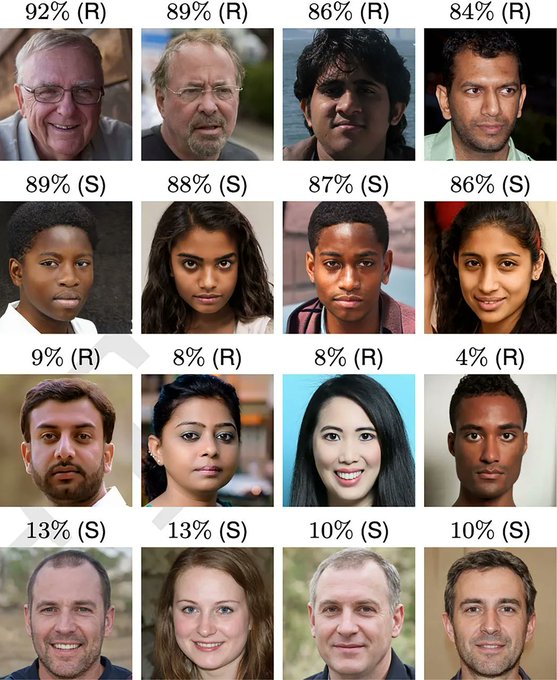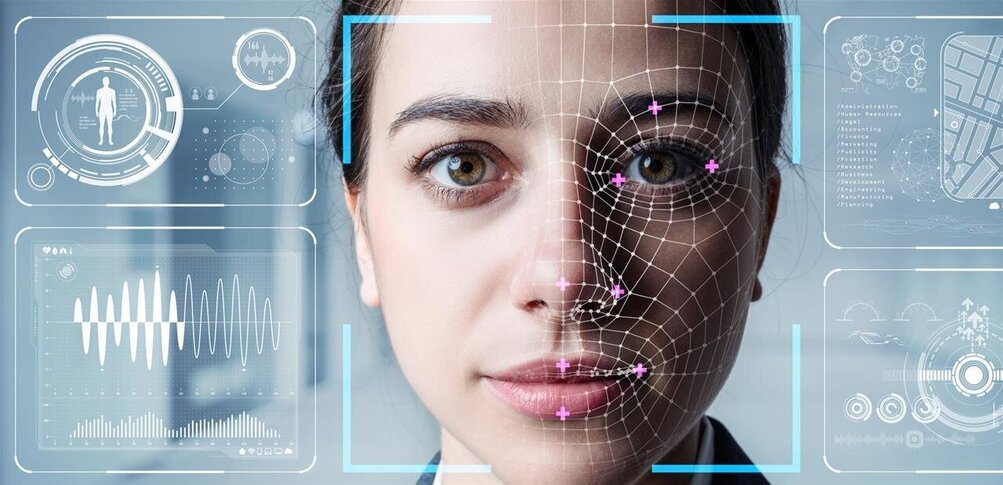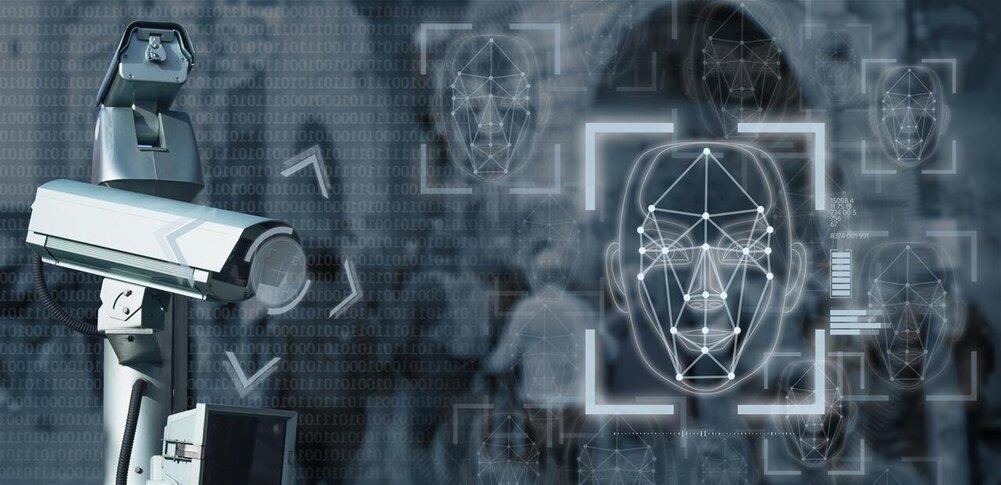Artificial intelligence (AI)–powered audio, image, and video synthesis—so-called deep fakes—has democratized access to previously exclusive Hollywood-grade, special effects technology. From synthesizing speech in anyone’s voice (1) to synthesizing an image of a fictional person (2) and swapping one person’s identity with another or altering what they are saying in a video (3), AI-synthesized content holds the power to entertain but also deceive.
Generative adversarial networks (GANs) are popular mechanisms for synthesizing content. A GAN pits two neural networks—a generator and discriminator—against each other. To synthesize an image of a fictional person, the generator starts with a random array of pixels and iteratively learns to synthesize a realistic face. On each iteration, the discriminator learns to distinguish the synthesized face from a corpus of real faces; if the synthesized face is distinguishable from the real faces, then the discriminator penalizes the generator. Over multiple iterations, the generator learns to synthesize increasingly more realistic faces until the discriminator is unable to distinguish it from real faces (see Fig. 1 for example real and synthetic faces).
Mots-clés : cybersécurité, sécurité informatique, protection des données, menaces cybernétiques, veille cyber, analyse de vulnérabilités, sécurité des réseaux, cyberattaques, conformité RGPD, NIS2, DORA, PCIDSS, DEVSECOPS, eSANTE, intelligence artificielle, IA en cybersécurité, apprentissage automatique, deep learning, algorithmes de sécurité, détection des anomalies, systèmes intelligents, automatisation de la sécurité, IA pour la prévention des cyberattaques.






